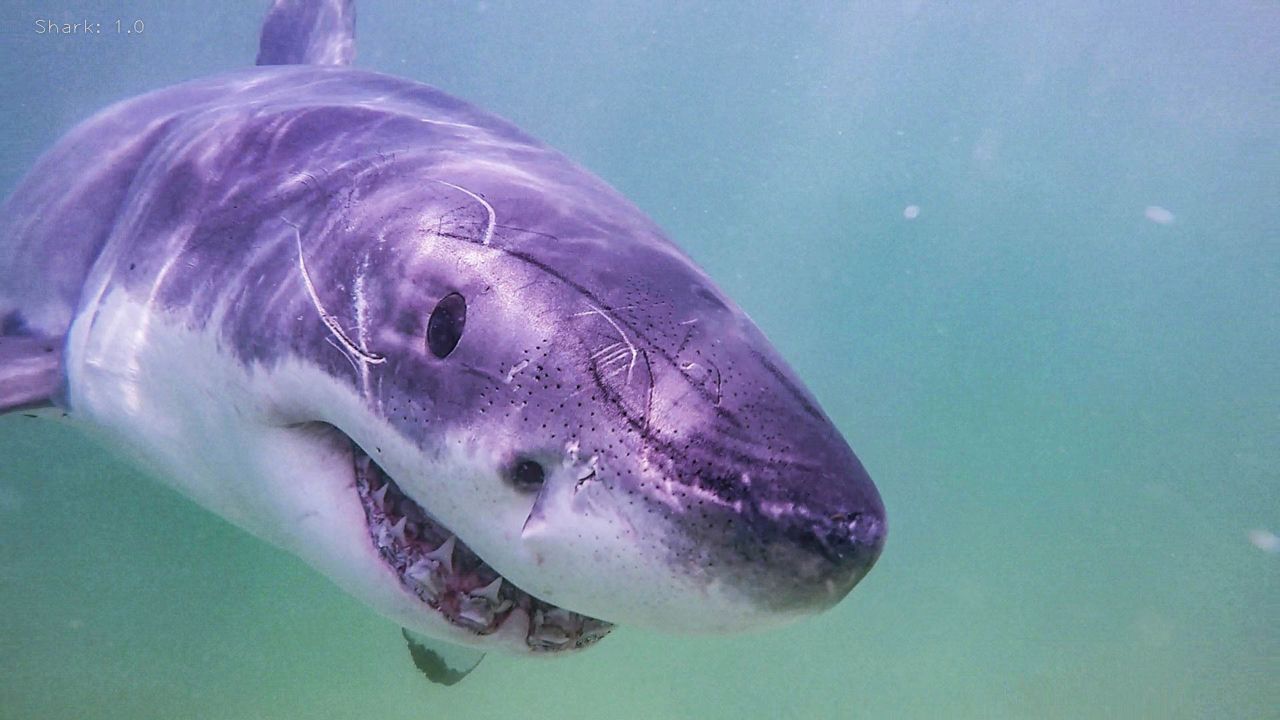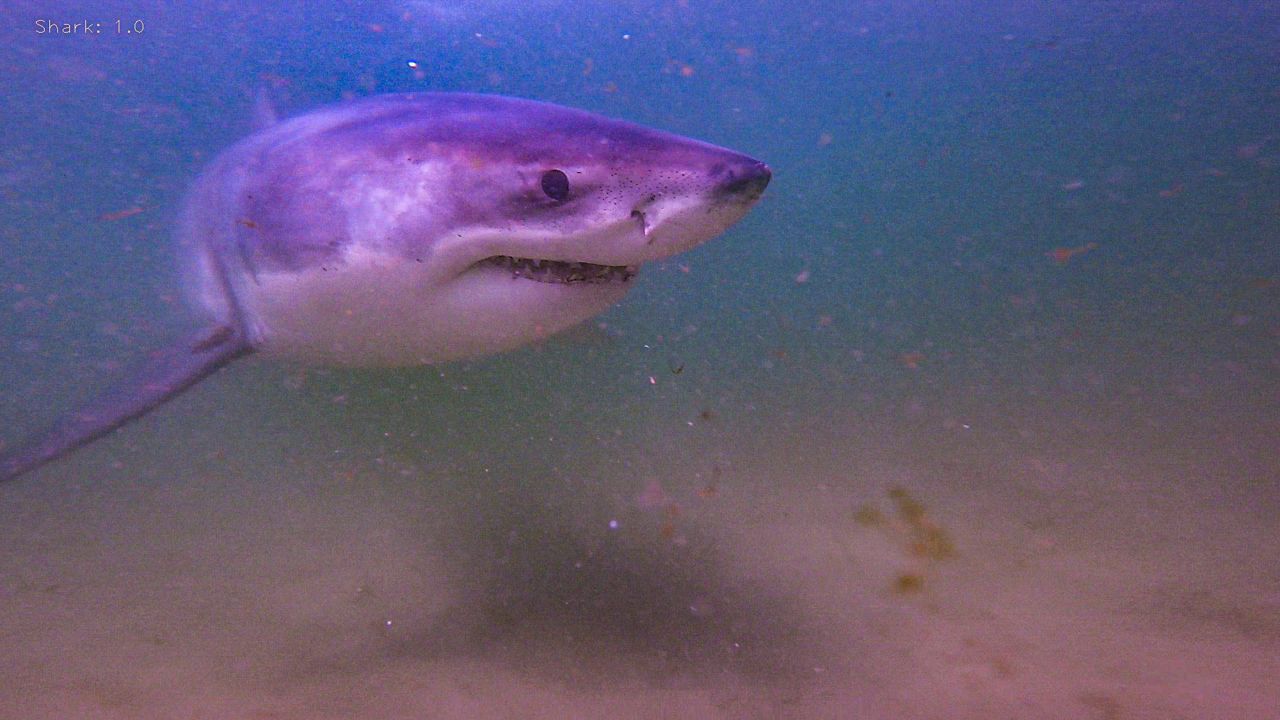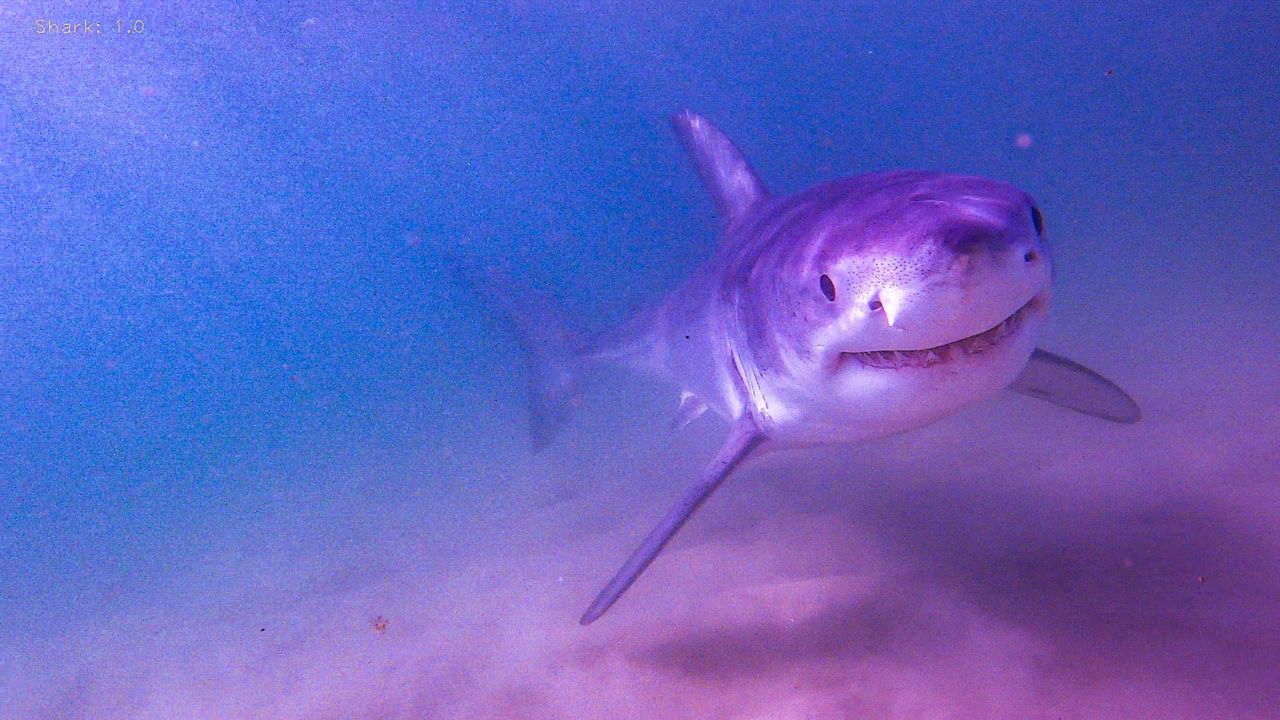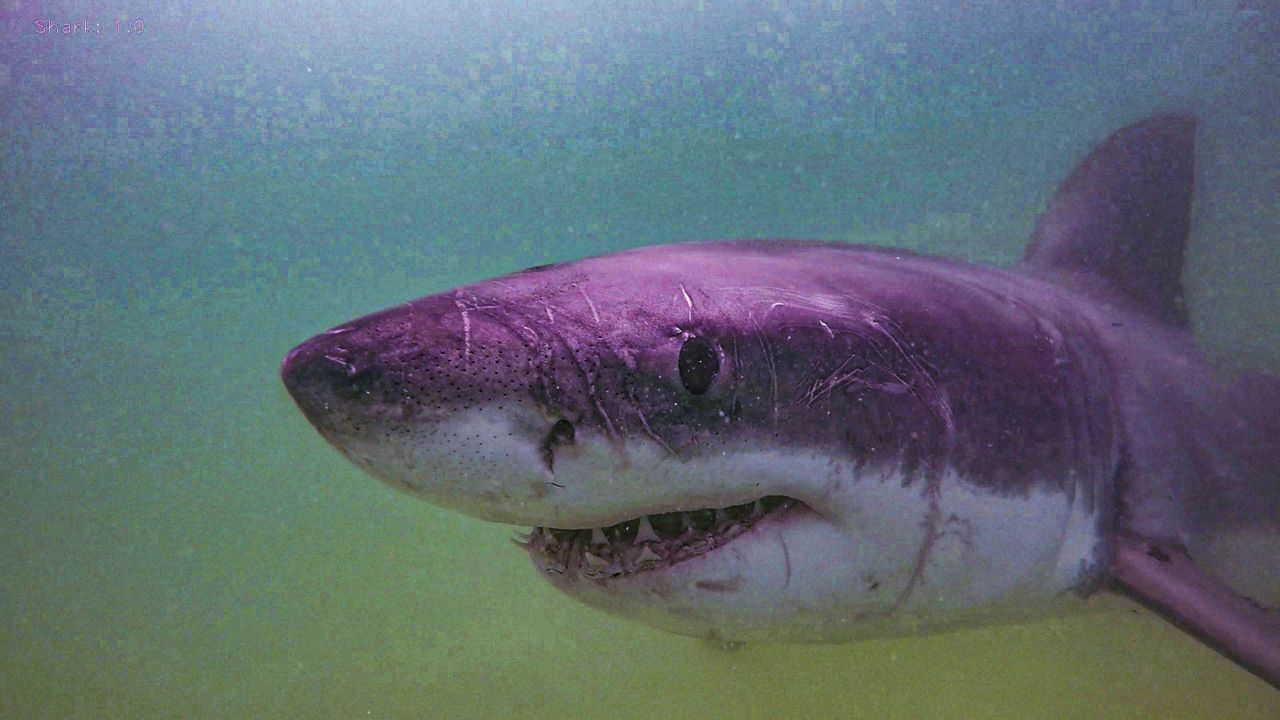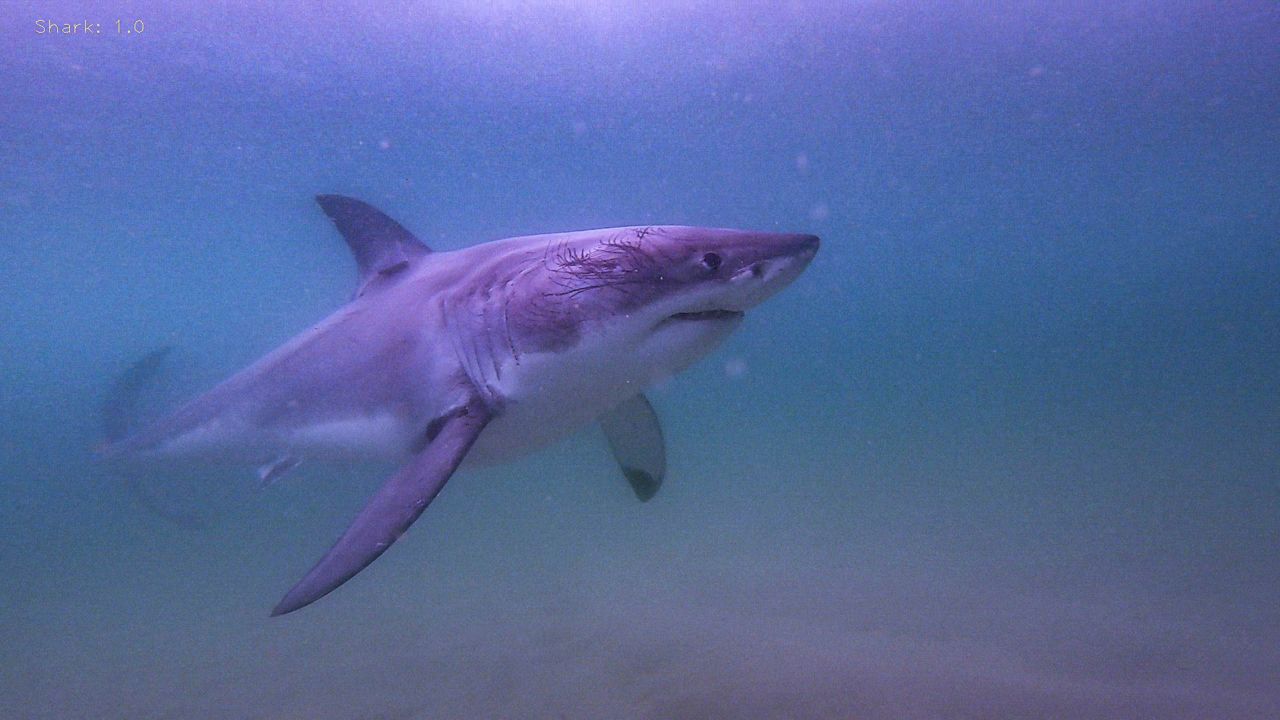The scientific nonprofit that tracks the white shark population in Cape Cod waters identified 55 sharks never before documented in the area during its most recent research season, but experts say that's no reason for tourists who flock to the vacation hotpsot every summer to be afraid of going in the water.
The Atlantic White Shark Conservancy has now has documented more than 600 of the apex predators since it began monitoring the population in 2014, staff scientist Megan Winton said Wednesday. Many of the sharks return to the area year after year to feed on the abundant seals that call Cape Cod home.
Scientists during last year’s research trips from mid-June until early November documented the return of 63 sharks that had previously been spotted in the area, the nonprofit announced this month.
Don't worry. Identifying more sharks does not mean there are more of them out there and does not mean a greater risk to the public.
“It’s not necessarily indicative of there being more sharks off of Cape Cod," Winton said. “What we've seen the last couple years in terms of activity and sightings has been par for the course of what we’ve been seeing for the past several years.”
The fear that people have about white sharks because of the 1975 movie “Jaws” — about a massive great white terrorizing a New England resort town — and two shark attacks off Cape Cod in 2018, one of them fatal, is largely misplaced, Winton said.
“It’s important for people to keep in mind that white sharks are not the monsters they are portrayed to be in the media," she said. “They’re not lurking off our beaches. Humans are not on the menu.”
Cape Cod is the only known white shark aggregation site in the northwest Atlantic, and because they tend to stick close to shore as they hunt for seals, the area has become a goldmine of information for researchers, she said.
The Atlantic White Shark Conservancy scientists, in collaboration with other researchers, have been able to find out more about the sharks’ lifecycle, growth rates, the risks they face in the open ocean, and travel patterns as they swim thousands of miles up and down the eastern coast of the U.S. and Canada.
For example, a shark first documented off Cape Cod in 2017 was caught and tagged off Hilton Head, South Carolina, in 2021 and during that time had grown three feet, the conservancy said.
The researchers capture underwater images of the sharks using a camera on a painter’s pole. Sharks that have never been documented before are given a name, often based on unique markings. The images and information are entered on the conservancy’s publicly-available shark database.
Koala, a 9-foot male first spotted last year, has a marking that looks like a koala’s face. Quack, a 9-foot female first documented in 2018, has a marking that resembles a duck. Some are named after local sports stars, including Brady and Big Papi.
The public should use the information from the Atlantic White Shark Conservancy to educate themselves about sharks so they can make informed choices while on the water.
“Giving folks open access to their shark catalog is a great educational tool for the public,” said Greg Skomal, the state Division of Marine Fisheries shark expert who works closely with the conservancy.
“People identify with individual animals,” he said. “It's one thing to talk about a species; it’s another to talk about an individual within that species. People can look at this catalog and they can get a sense of how to use our coastal areas.”
Copyright 2023 The Associated Press. All rights reserved. This material may not be published, broadcast, rewritten or redistributed without permission.



